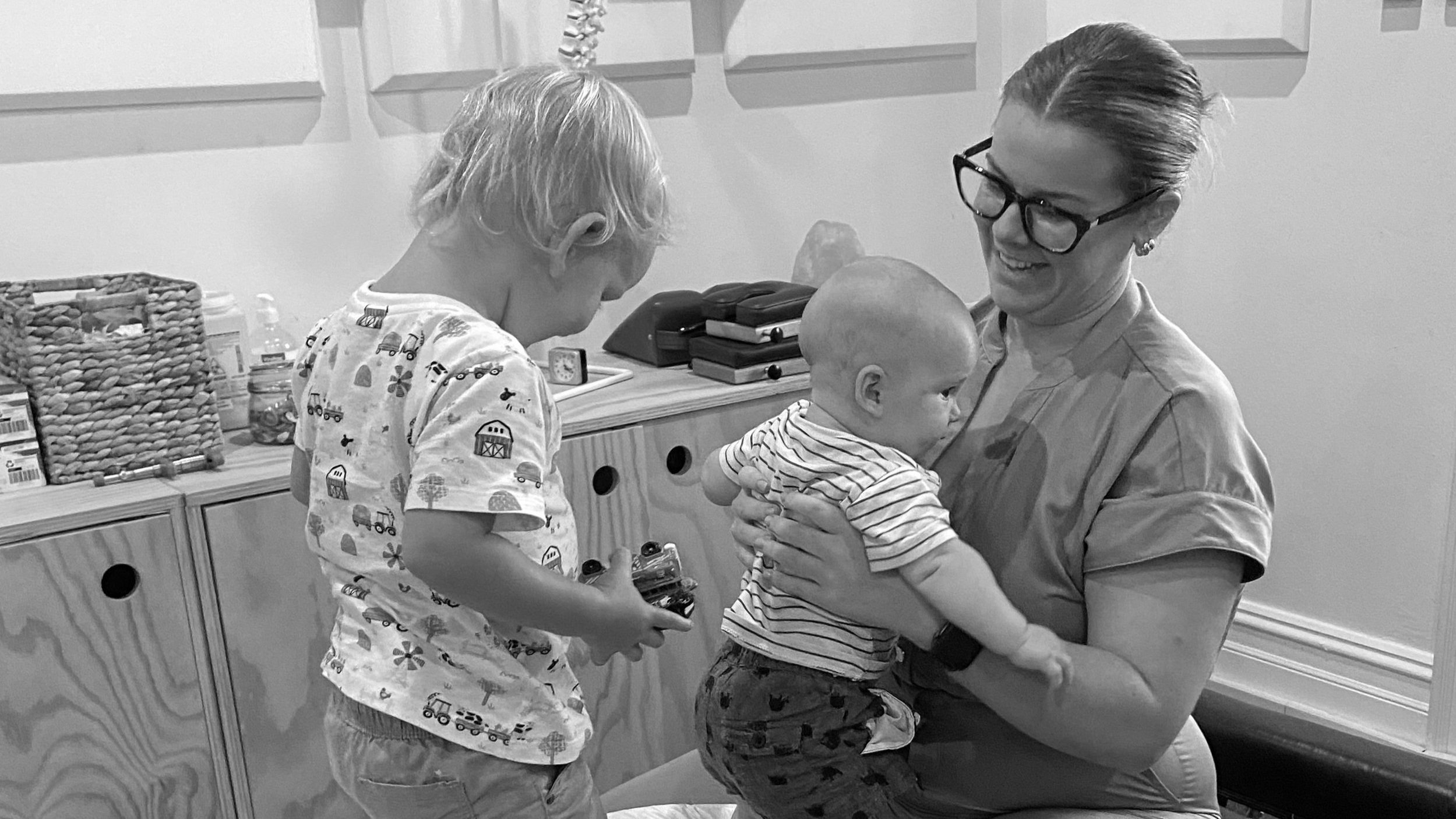Disclaimer: Please note this advice is general only and not specific to the needs of your child, unless we have specifically prescribed this care to you and your child. If you have any concerns please seek advice from your local paedicatric health professional.
What are the primitive reflexes my baby should have? Why are they important? When should they be integrating? And what home-care activities can I do to help my baby integrate the reflex and hit their next milestone?
Primitive Reflexes Overview
Moro Reflex (Startle Reflex)
Description: When a baby is startled by a loud noise or sudden movement, they will throw their arms out to the sides and then quickly bring them back to their body as if they are trying to grasp something.
Importance: It is a protective mechanism that helps infants cling to their caregivers for safety.
Presentation: Present at birth and typically disappears by 4-6 months of age.
Retention Effects: If retained, it can lead to anxiety, sensory overload, and difficulties in emotional regulation in older children.
Home Care Advice: Create a calm environment to minimize startling stimuli. Use gentle movement and swaddling techniques to help your baby feel secure. Gradually introduce them to sounds and movements to help them develop a more balanced response to stimuli.
2. Rooting Reflex
Description: When the cheek or corner of the mouth is stroked, the baby will turn their head toward the stimulus and open their mouth.
Importance: This reflex helps guide the baby to the breast or bottle for feeding.
Presentation: Present at birth, usually integrates by around 4 months.
Retention Effects: If retained, it can create feeding issues or problems with sensory processing, and may lead to difficulties in social interactions.
Home Care Advice: Encourage feeding sessions where the baby can practice rooting. You can simulate this reflex by gently stroking your baby's cheek or the corner of their mouth. This promotes sensory awareness and feeding skills.
3. Sucking Reflex
Description: Automatic sucking movements when the roof of the mouth is touched.
Importance: Essential for feeding.
Presentation: Present at birth, typically integrates by 2-3 months.
Retention Effects: If not integrated, it can lead to speech and feeding issues later in life.
Home Care Advice: Offer a variety of safe teething toys or pacifiers to encourage sucking. This provides sensory feedback and strengthens the oral muscles necessary for feeding and speech development.
4. Grasp Reflex
Description: When an object touches the palm of a baby’s hand, they will automatically grasp it tightly.
Importance: Encourages the infant to cling to the caregiver.
Presentation: Present at birth and usually disappears by 5-6 months.
Retention Effects: Retained grasp reflex can cause difficulties in fine motor skills, writing, and coordinating hand movements as the child grows.
Home Care Advice: Provide toys that encourage gripping and squeezing. Encourage your baby to grasp soft items or textured toys, allowing them to develop hand strength and coordination.
5. Asymmetrical Tonic Neck Reflex (ATNR)
Description: When the baby’s head turns to one side, the arm on that side extends while the opposite arm bends.
Importance: It helps with hand-eye coordination and visual-motor integration.
Presentation: Present at birth, integrates by around 6 months.
Retention Effects: If retained, it may lead to difficulties with bilateral coordination, attention issues, and challenges in sports or physical activities.
Home Care Advice: Encourage tummy time to promote head turning and help integrate ATNR. Use colorful toys to entice the baby to turn their head and reach, helping to develop hand-eye coordination and bilateral motor skills.
6. Symmetrical Tonic Neck Reflex (STNR)
Description: When the head is tilted back, the arms extend while the legs bend, and when the head is bent forward, the arms bend and legs extend.
Importance: Assists in developing crawling and differentiating upper and lower body movement.
Presentation: Typically emerges around 6-9 months and integrates by 12 months.
Retention Effects: Retained STNR can interfere with crawling, cause issues with posture, and affect coordination and balance.
Home Care Advice: Engage your child in crawling activities that require them to alternate movements between arms and legs. Play games that promote looking up and looking down, such as playing with toys placed at different heights.
7. Palmar Reflex
Description: Infants will grasp fingers or objects placed in their palms.
Importance: Promotes early gripping and hand development.
Presentation: Present at birth, integrates by around 5-6 months.
Retention Effects: If retained, this reflex can lead to difficulties with dexterity, fine motor skills, and poor handwriting later in childhood.
Home Care Advice: Encourage activities that strengthen hand movements, such as playing with building blocks or finger paints. These activities promote voluntary hand control and fine motor skills.
8. Step (Walking) Reflex
Description: When a baby is held upright and their feet touch a flat surface, they will make stepping motions.
Importance: Prepares the infant for walking.
Presentation: Present at birth, typically disappears by 2 months.
Retention Effects: Retention can lead to delays in independent walking and possible coordination issues.
Home Care Advice: Hold your baby upright to encourage stepping motions. Create a safe space for them to practice standing with support to promote leg strength and prepare for independent walking.
9. Palmo-Mental Reflex
Description: When the palm is stroked, the baby's lower jaw will twitch and open as if mimicking a chewing motion.
Importance: It is associated with neurological development and sensory processing.
Presentation: Present at birth, typically integrates by 3-4 months.
Retention Effects: If retained, it can contribute to difficulties with sensory integration and may be linked to sensory processing disorders.
Home Care Advice: Engage your baby in sensory play by providing various textures to touch and explore with their hands. This can help stimulate the nervous system and promote integration of this reflex.
10. Plantar Reflex
Description: When the sole of a baby’s foot is stroked, they will flex their toes or curl them inwards.
Importance: This reflex aids in developing the foot’s sensory and motor functions.
Presentation: Present at birth and integrates by around 9-12 months.
Retention Effects: If retained, it can lead to challenges with balance and coordination, as well as potential issues with walking, running, and other motor activities as the child grows.
Home Care Advice: Encourage standing and walking on different surfaces (e.g., grass, sand, carpet) to stimulate the soles of the feet. Play games that involve pushing off with the feet, such as cruising along furniture or using a push toy.
Incorporating these playful and engaging activities in your child's daily routine can support the integration of primitive reflexes, promote motor development, and enhance overall emotional regulation and coordination. If you have concerns about your child’s reflexes or development, be sure to consult with a pediatric healthcare professional for further support.

